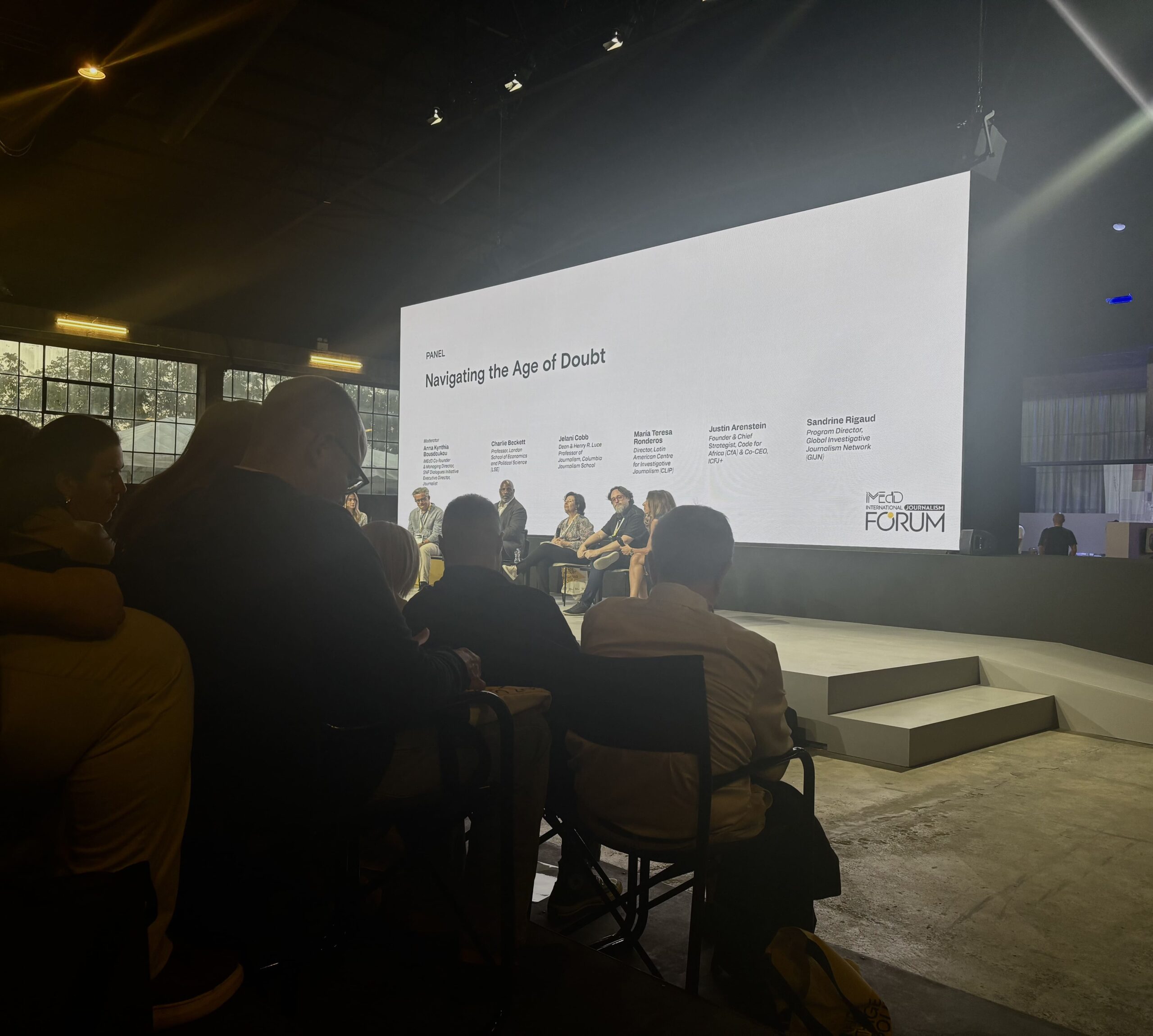(Los Angeles, Calif.) —Amid the chaos of an unfolding crisis, the relentless churn of the 24/7 news cycle often colors public perception with the ink of urgency over accuracy. This was starkly evident during the Boston Marathon bombing, where the rush to report not only fueled misinformation but shaped the city’s heartbeat with fear.
In April 2013, while sheltering in place in my Boston dorm room, I clung to my phone, attentively listening to every update from a police scanner app turned to maximum volume. I spent hours tracking police locations, eager to hear about the capture of the Boston Marathon bombing suspect. At that time, I didn’t realize my role in contributing to the surrounding stress, hysteria, and misinformation. This personal engagement led me to a deeper reflection on how media coverage shapes public perception and contributes to misinformation.
Major news corporations, vying to break news first, often fell short in their reporting of this tragedy. For instance, CNN’s John King mistakenly described the Boston bombing suspect as a “dark-skinned man.” This careless reporting exacerbated the existing stress and anxiety among Middle Eastern American communities, especially post-9/11. Similarly, other media outlets also contributed to this chaotic narrative, as seen in the case of the New York Post.
Salaheddin Barhoum and Yassine Zaimi were featured on the New York Post’s cover, labeled “Bag Men,” after being photographed at the marathon’s finish line. The subheadline read, “Feds seek these two pictured at Boston Marathon.” They were mere spectators, not under investigation, yet this report significantly altered their lives.
Initial reports of multiple explosive devices in Boston made the public response quickly escalate into widespread panic, fueled by concerns that the incident was indicative of a broader terrorist threat. These reports were later debunked but not before influencing the case’s narrative. These examples raise questions about media ethics and the responsibilities of journalists to balance the need for timely reporting with the imperative for accuracy, especially when public safety and reputation are at stake.
The impact of such media coverage isn’t just anecdotal; it’s substantiated by research, as highlighted in a Department of Justice study.
A study published on the U.S. Department of Justice website stated, “The degree of acute stress following the Boston Marathon bombings was compared for those directly exposed to the event and those exposed through media coverage.” The results found that “six or more daily hours of bombing-related media exposure in the week after the bombing was associated with higher acute stress than direct exposure to the bombing (continuous acute stress symptom total: media exposure b = 15.61 vs. direct exposure b = 5.69).”
The influence of traditional media is clear, and with the rise of social media, this dynamic has only become more complex. In 2013, social media platforms such as X (formerly Twitter) and Instagram had not yet reached their current widespread influence and usage but they have since played a more significant role in public perception of crimes. Social media algorithms are designed to prioritize content that engages users, often leading to the amplification of sensational, yet unverified stories, thereby contributing to the rapid spread of misinformation.
Today, I don’t need to turn on my television for the 24-hour news cycle; it’s updated in the palm of my hand. However, increased accessibility often leads to a corresponding rise in irresponsible reporting and sharing of unverified information. Often, criminal cases on social media and traditional media turn out to have false reporting. With algorithms in place, these false narratives become overreported and damaging to those they directly impact and the public at large.
The long-term impact of such media practices may extend beyond immediate stress and anxiety, potentially eroding public trust in media and contributing to greater societal divisions. This trend underscores the need for responsible journalism and media consumption, highlighting the importance of verifying information in an era where news is always at our fingertips.


